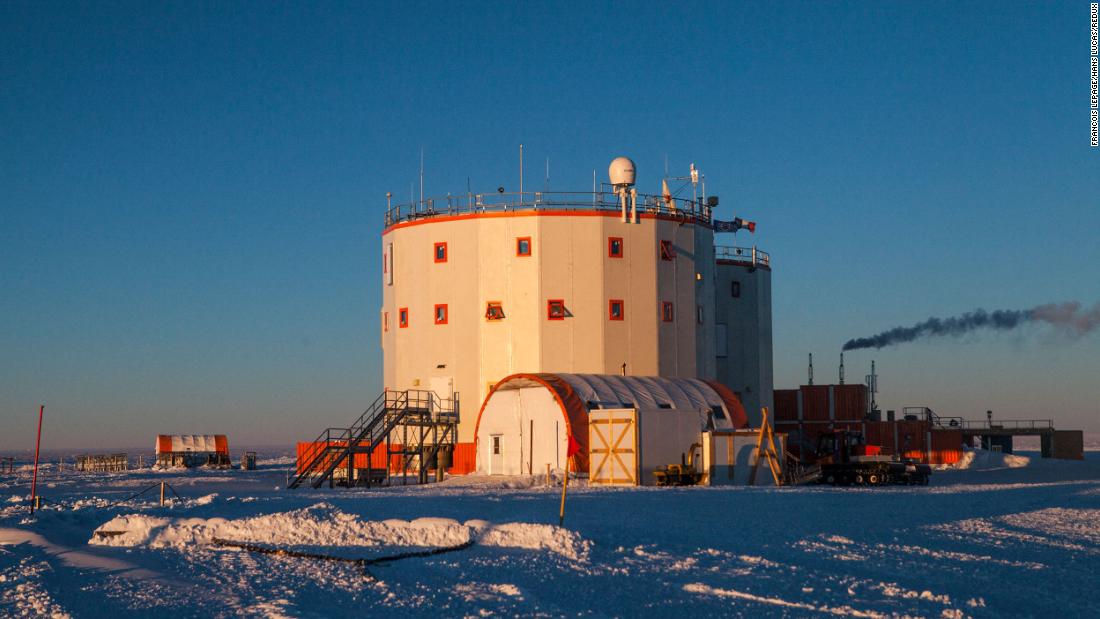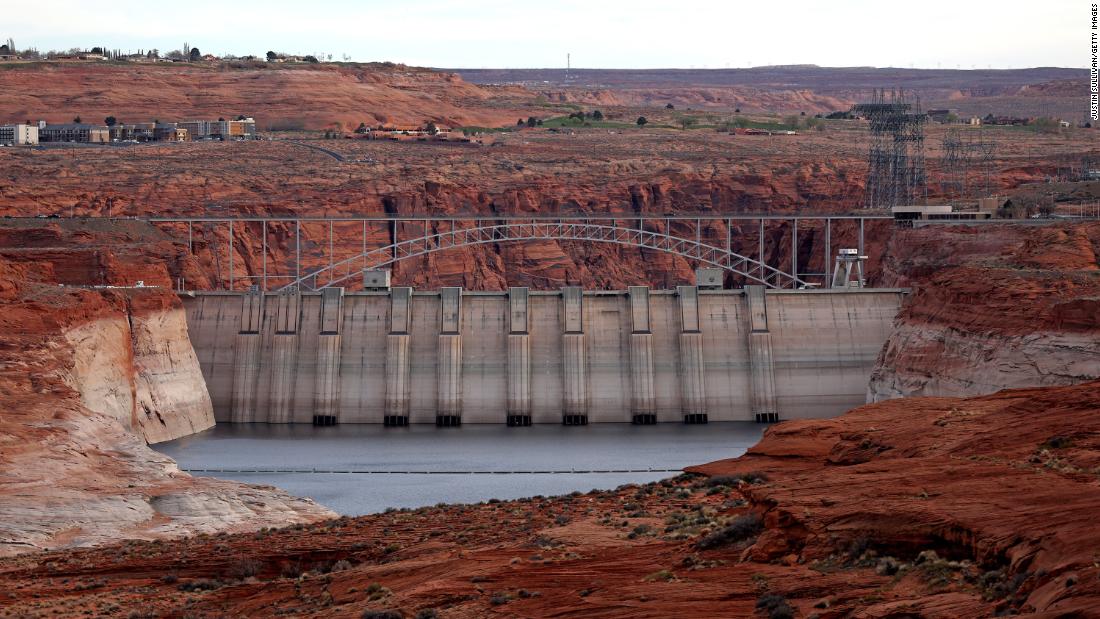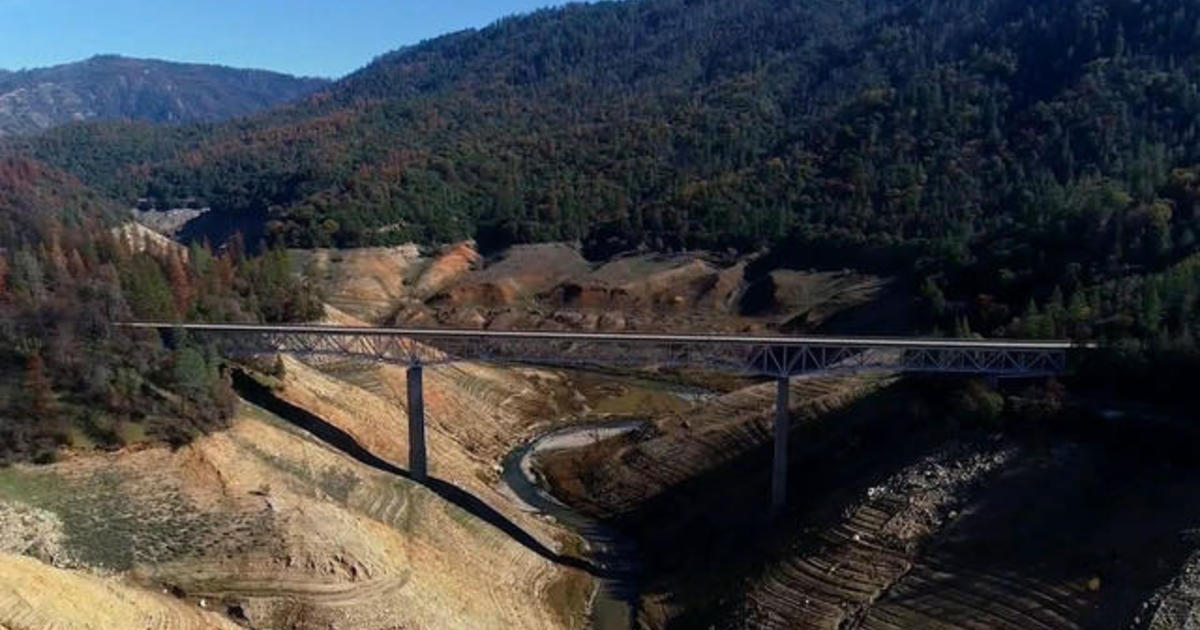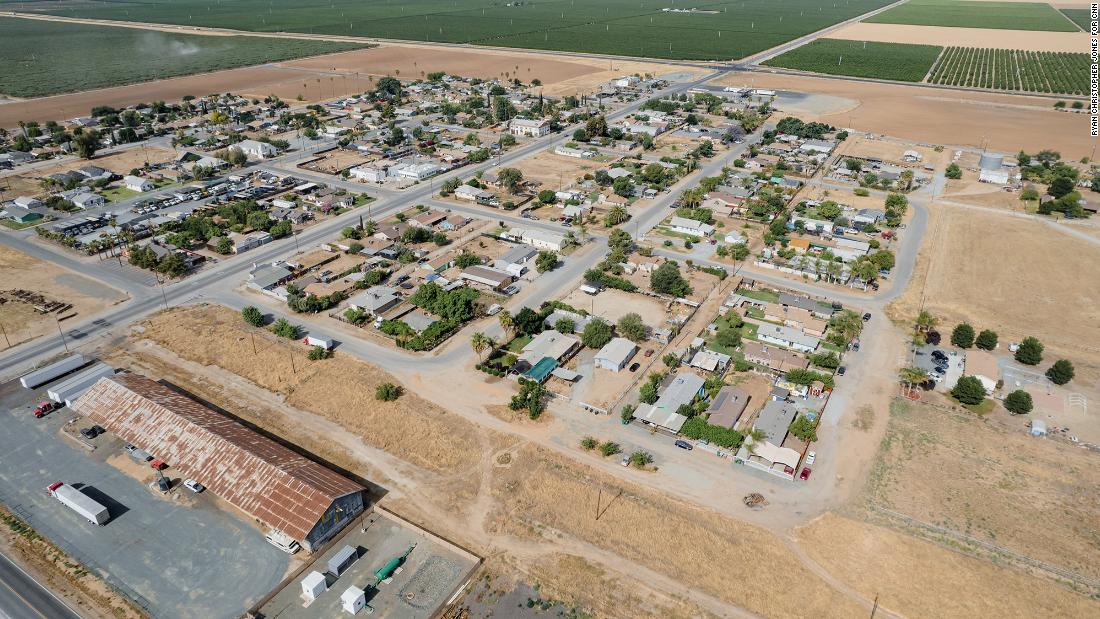Yanqing and Zhangjiakou, which are higher elevation venues, are cooler, with average high temperatures that peak above freezing and lows that fall to around -10 degrees Celsius at night.
"There have been recent technological advances that allow for the generation of snow when it is above freezing," explained Jordy Hendrikx, the director of the Snow and Avalanche Laboratory at Montana State University. "This is not your 'light fluffy' snow that you might think of -- it is much denser and not very soft."
They've been using snow machines at resorts in NA since I was a kid. Even here in NS we have at least two different ski hills with snow making equipment. The biggest challenge is the temperature. It is like very tiny frosty ice pellets to a degree. Not as slick as ice pellets but certainly not fluffy.








